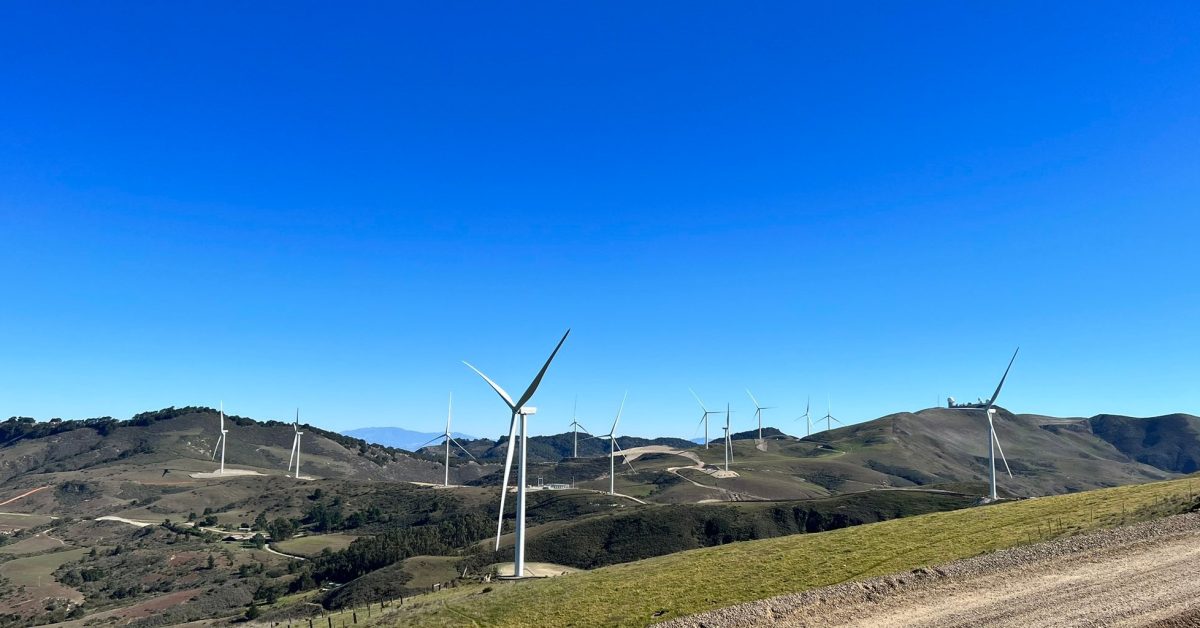The period occured in 2024 between late winter and early summer. “Compared to the same period in 2023, solar output in California is up 31%, wind power is up 8%, and batteries are up a staggering 105%.”
Link to the study PDF mentioned in the article: https://web.stanford.edu/group/efmh/jacobson/Articles/Others/25-CaliforniaWWS.pdf
One of the paper’s cowriters is Mark Z. Jacobson, professor of civil and environmental engineering and director of the atmosphere/energy program at Stanford University.



Storage batteries. They more than doubled storage batteries to save excess daytime solar for use overnight.
I learned that “batteries” can literally took many form, some use molten salt, some use gravity, some use water, and some use the battery we all know. Am actually kinda curious on what works for them, but since it isn’t really 100% consecutively it doesn’t matter in this case.
PG&e owns two massive water reservoirs in the Sierra Nevada Central region called courtright and wishon. They funnel water up and down a steep gradient between shaver lake and the reservoirs to control peak energy demand. It’s actually a really effective and mostly efficient system, especially when rain and snow refill the upper reservoirs.
Ah yes, an average of 4.84 hours per day running entirely on renewables.
There’s definitely enough storage to enable that reliably. /s
People still dream about battery (or any other) storage as some magic solution. They simply don’t understand the amount of energy that has to be stored to make it really renewables only. We’ll get there eventually, but it will take a lot of time and resources. And we don’t have time.
Our home averaged 7.5kWh/day in December (we did not travel and we’re home with family the entire time); this is about 10x less daily energy than the battery capacity of a modern EV.
Now, we have gas heating and stove/oven, so that adds a huge amount of load — but my numbers above are for 24hr energy, and batteries wouldn’t need to supply that whole time.
Of course, this doesn’t address cost, and it doesn’t address natural resources, like you mentioned. But that actual required amount of energy per capita can certainly be achieved with current battery technology.
Sure, but the majority of your energy is not renewable, plus you are emitting a lot of CO2. Heat pump for heating and electrical appliances would quickly rise your consumption to something like 30+kWh/day and then you’d have under three days of car battery. Also relying on car battery is tricky as in such case you can’t use your car and your car’s battery might be fairly empty when you need it.